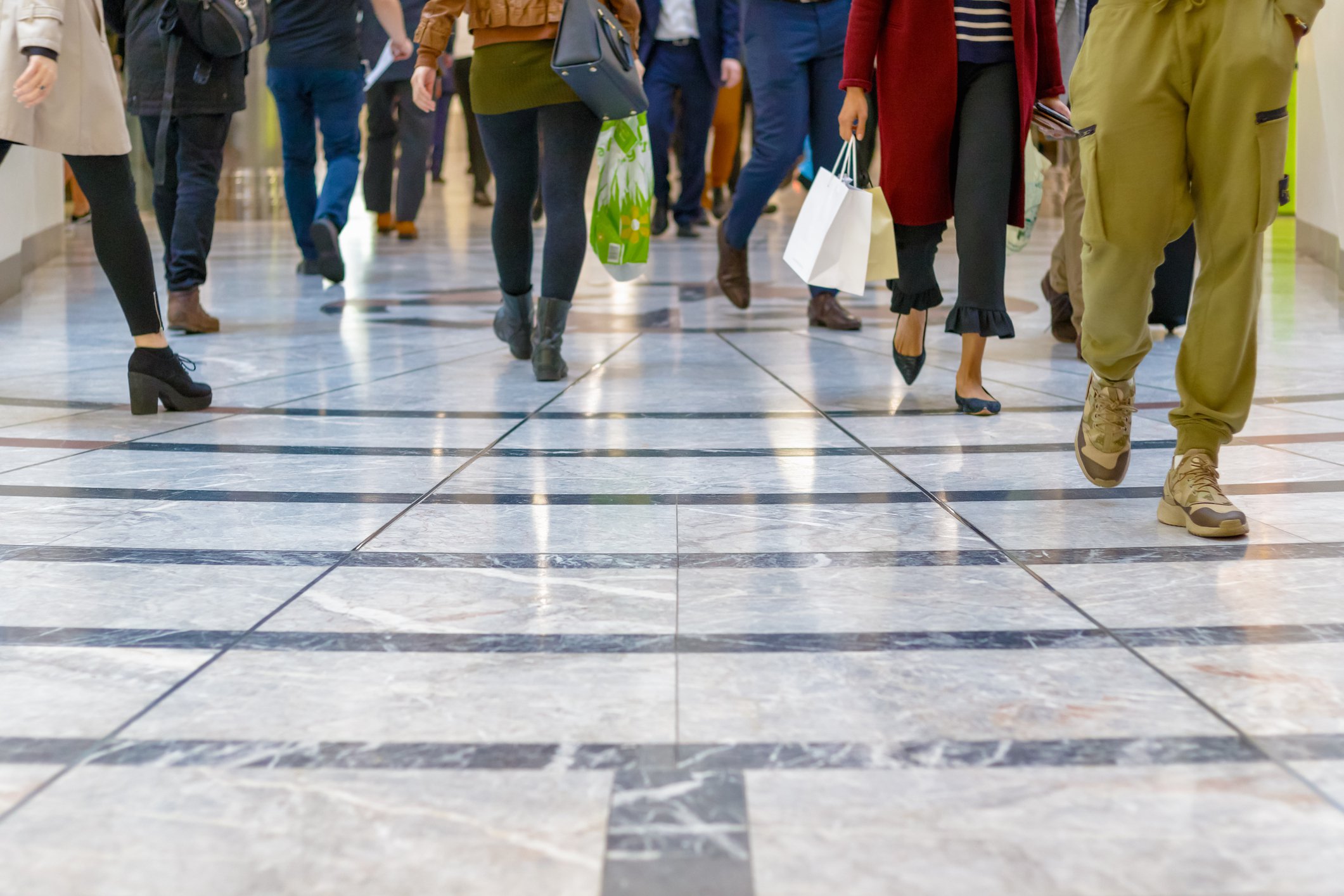
There’s no question that the retail experience is changing. The rise of e-commerce, the popularity of social media platforms like Instagram, and millennials’ preference for spending on experiences over actual things are all pushing the traditional purpose of stores in a new direction.
With the rise of Amazon and advent of e-commerce, shoppers no longer need to visit a store just to buy things that they can order online from the convenience of their own homes. Consumers now need an added incentive to visit stores whether that’s better customer service, a unique experience, or discovering something new.
Let’s take a look at seven small brands that are changing the face of retail by doing just that.
ALSO READ: 8 Ways Brick-and-Mortar Retailers Can Compete With Amazon
Invest better with The Motley Fool. Get stock recommendations, portfolio guidance, and more from The Motley Fool's premium services.